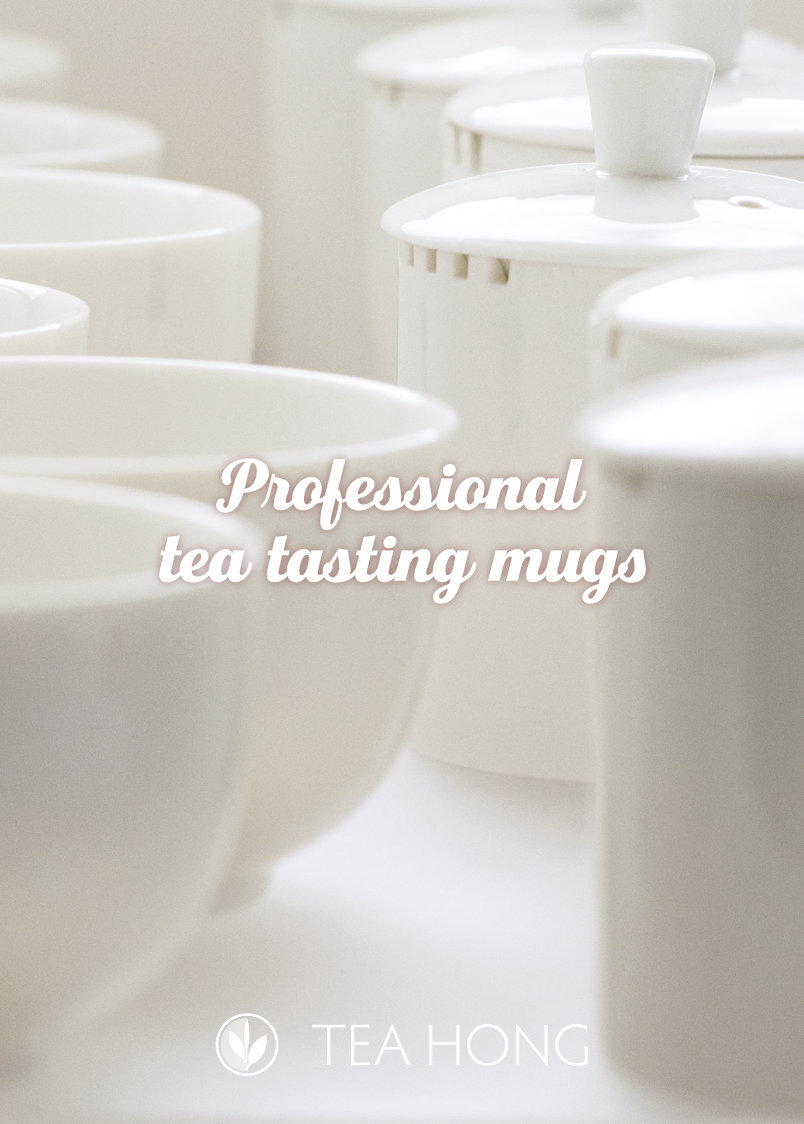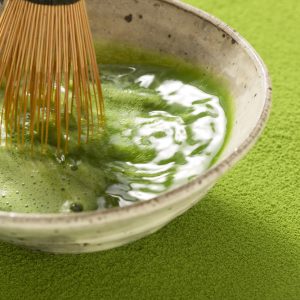Defending Against Cancer
Staying Young & Looking Healthy, After Cancer
Charlene (1) was so excited to have run into me and my girlfriend whom she met for the first time now she kept talking all the few minutes in the packed subway ride. She was my classmate in secondary school form 3 (i.e. grade 10). We see each other once a year in reunion dinners and she was looking much younger now than last time I saw her. She looked so young that even my girl friend later commented that it was very difficult to imagine that her daughter was already 28-years-old.
No she was not doing cosmetic surgery or anything; she’s not even wearing makeups, like a large percentage of other women in Hong Kong. She just looked healthy and wrinkle-less and excited. She came close to my ear and whispered, “I had the other side cut off and just recuperated this April.”
A few old classmates and I had previously been praising her speedy recovery from the ovarian cancer she had a few years ago. Chemo and surgery. People who have seen patients having undergone chemotherapy would know: all body hair fall off and lips and skin dried out, and the gum swollen. Charlene has been proud of her natural dark hair before, and now she is, having dealt with a second onslaught and standing in this packed subway car, full of thick dark hair and life and non-stop speeches. What a strong woman.

Genetic exchange between chromosomes can cause cells to become cancerous, like these cells from metastasized Ewing’s sarcoma (bone tumor) Image: Lance Liotta Laboratory
A Major Fear in Modern Life
Not everyone is as lucky or as tough as Charlene. Some people got diagnosed too late. Some got more lethal forms of cancer. Some people I know lost the battle and departed early. Some had their life totally changed.
Cancer is fearsome. It can happen to anyone, regardless of general health, life style and age group. It can happen virtually to any part of the body. Very often the treatment itself is harmful and hurtful, involving the use of poisonous drugs, major incisions, radiation, etc that are destructive also to the body. Steve Jobs of Apple, according to his biography, regretted that he delayed regular treatment of his pancreatic cancer because of the invasiveness of the procedures. No one is willing to allow such harm to the body, if there is a choice.
The best way to avoid them, naturally, is prevention.
Let’s first share some basic understanding of what cancer is.












Dear Leo,
Thank you very much for your prompt reply. Yes, as you correctly point out, I am aware that many responsible traders in the tea business check their pu’erh for pesticides and even the presence of heavy metals. However, very few do it for mycotoxins like aflatoxin. I only know of a couple of vendors based in Taiwan, and they only check the ripe pu’erh not the raw one.
However, the article that I mentioned from Yunnan Agricultural University claims that raw pu’erh is also strongly contaminated, which I personally find very alarming. I believe the authors of this study should be contacted by members of the tea industry to ask them for further clarification as their results are certainly disturbing, if true.
Concerning the incidence of liver cancer in Asia, and China in particular, and its connection to Hepatitis, I fully agree that the latter is the main cause. Therefore, it is utterly important to use vaccination to prevent infection and the possibility of developping hepatic cancer.
Nevertheless, it has been found by researchers that, once a person is infected by the Hepatitis B virus, the chances of developing liver cancer in the future become substantially higher (by a factor of 30) if he or she is exposed to aflatoxins. See, for instance:
http://www.ncbi.nlm.nih.gov/pubmed/11922091
Food stuff of frequent consumption in Asia like peanuts, corn, etc, are known to be often contaminated with mycotoxins, but I wonder if (wet/traditional stored) dark teas should be also blamed and therefore avoided, in case they turn out to be contaminated with high levels of mycotoxins.
Anyway, thanks for addressing my concerns in such a forthright manner. I look forward to your email in case you need me to provide you with a copy of the article from the Yunnan researchers. Please, do not hesitate to contact me.
Sincerely,
xiaobai
@xiaobai, thank you for this very meaningful discussion. Seems I will have to really spend time to do more research about this topic now. If you have not received the previous email we sent you about the two other reports, I shall have another sent to you right away.
The high rate of hepatitis in China, according to some other reports, relates more with the hygiene concept and food habits of the Mainlanders rather than the use of peanuts and corns. These staple food items are used popularly almost everywhere else. Furthermore, puer tea has never been really popular in the Mainland until the recent couple of decades since the spread of the teashop business trend and of course the speculation craze that has never really died down even now. Puer had only been popular in Hong Kong and neighbouring parts of Guangdong previously. Yet hepatitis and liver-related death in China has stayed high all the time throughout China. This seems to me a negative evidence of the argument that puer is part of the problem. However, the existence of the reports you cited are not to be dismissed. I shall most definitely write about the topic. Give me some time to do the needed study. Pls forward the copies you have. Thanks again.
Well, the address you have used to register in this site does not exist, according to the gmail response. You must have made a typo or something.
Dear Leo,
yes, sorry, there was a typo in the email address that I entered before. Please, try again.
I really apologize for the inconvenience.
By the way, I am not arguing about the causes for the high incidence of Hepatitis B in China. The latter is also an issue in other places like Taiwan and Malaysia (although this disease can be transmitted in absence of good hygiene, the main means of contagion are via contact with blood and other bodily fluids, e.g. sex). Of course, I am well aware of the lack of hygiene and manners of many mainlanders (I spend long periods in Taiwan, where we are also very familiar with this problem).
Anyway, please, contact me. I really think someone from the tea industry who is more qualified than me should contact the authors of those studies. Either they have made some big mistakes or there are serious reasons for concern
about pu-erh consumption.
No no no, I am not saying you are arguing. What I meant was the hypothesis. It is an expression that is very popular in academic discourse when there are discussions on different view points and presumptions of a hypothesis, an argument per se. I was only presenting why I think you should not be too worried. It is an issue that we tea people should look at anyhow. I’ll have an e-mail sent to you tomorrow for the documents. Thanks again in advance.
@xiaobai, thank you for the well thought out comment, and thank you for offering the copy of the reports. I shall contact you separately through email for it. Although we subscribe to a major distributor of science and technology reports, you probably understand that any such subscriptions would not include all things going on, in particular those from the sources that you have cited.
Mycotoxins are a concern for a number of food items that are produced through fermentation; and pu’er, either sheng or shu, are no exceptions. I have been keeping an eye on that for commercial purposes.
With the exception of Taiwan, this category of contaminants is not high in priority in the importers’ radar for tests, so far as I have been aware of. However, some other compounds are. For example, Anthraquinone. We have found it in two of our candidates for launching in Europe. On further investigation, we have found that it has been the cause for the rejection of a number of major shipments of pu’er entering Europe. We suspect it has been a major reason why not more importers are buying. I have been discussing with an European client on the situation and hope to find a way to combat the issue with Yunnan producers.
Anthraquinone comes not from fertilisers or insecticides. We are trying to find where it comes from. If what we suspect is true, the production processes of many other F&B items may have to change to avoid it, not only for China, but everywhere else.
I cannot talk further on that yet since this is all speculations right now.
As for higher liver cancer rates in populations of the Chinese descent, for many decades now there is an understanding in the medical profession that it is the wide spread of hepatitis rather than anything else. For example, 100% of Chinese adults in the Chinese Mainland have found to be hepatitis positive. Sometimes I wonder why the liver cancer rate in China ( not HK ) is not higher than the official figure. That is also why I have been extremely careful when travelling in China, especially when sharing the table with my Mainland friends.
As for the link between puer tea and that, I have yet to read convincing reports about it. I am looking forward to reading those quoted by you.
Dear Leo,
I was trying to post this question in the forum section of this website, but unfortunately, I could not find the find the link to register.
I was wondering if you have been following up on the recent research results
about mycotoxins (like, for instance aflatoxins) found in Puerh. Here are two examples of recent references from two different research groups in China:
http://www.tandfonline.com/doi/abs/10.1080/10942912.2014.885043#.VL9Toy6UcZM
http://www.lifescienceglobal.com/pms/index.php/jbas/article/view/2217
For the first article, only the abstract is freely accessible, but I will be glad to provide you with a copy if you contact me by email. I find the results disturbing,
although I think that the article may contain several typos, at least.
As a tea expert and a Hongkongnese with a long experience with puerh, I would love to hear your opinion on these recent research results, which, in my modest opinion, are a good reason for concern (e.g. you may be aware that aflatoxin
is a potent carcinogen, affecting especially the liver and that liver cancer is in the top 5 most common types of cancer in places like Hong Kong, Singapore, and Taiwan, with elevated consumption per capita of post-fermented puerh teas).
Best regards,
xiaobai